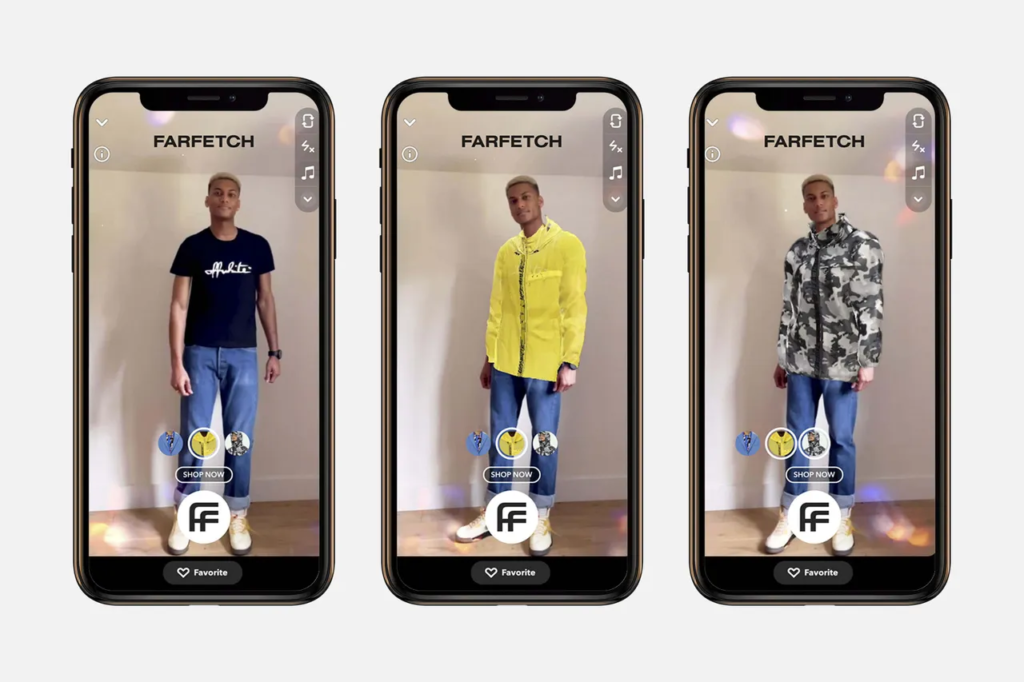Digital fashion is revolutionizing the fashion industry by incorporating cutting-edge technologies and sustainable practices. From virtual try-ons to innovative materials, digital fashion is reshaping how consumers interact with clothing and promoting sustainability. This article explores the emerging trends in digital fashion, focusing on virtual try-on technologies and the integration of sustainable tech in the industry.

1. Virtual Try-Ons: Enhancing the Shopping Experience:
Virtual try-on technologies enable consumers to visualize clothing and accessories virtually, providing an immersive and convenient shopping experience. By leveraging augmented reality (AR) and virtual reality (VR), shoppers can see how garments fit, move, and look on virtual avatars or even on their own bodies. Virtual try-ons enhance the online shopping experience, reducing the need for physical fitting rooms and allowing consumers to make more informed purchasing decisions.
2. Advancements in Augmented Reality (AR):
Augmented reality is revolutionizing the way consumers engage with fashion. AR apps and filters allow users to overlay digital clothing and accessories onto real-life images or videos. This technology enables virtual styling, empowering individuals to experiment with different looks, colors, and styles without physically trying on garments. AR brings an interactive and personalized element to fashion, fostering creativity and self-expression.
3. Sustainability and Digital Fashion:
Digital fashion also plays a significant role in promoting sustainability within the industry. By reducing the need for physical garment production and transportation, digital fashion contributes to a smaller carbon footprint. Additionally, virtual try-ons and online fashion platforms encourage conscious consumption by enabling consumers to explore and experiment with fashion without the need for excessive physical purchases. Digital fashion aligns with the principles of circular economy and supports the shift towards more sustainable practices.
4. Integration of Sustainable Tech:
Digital fashion embraces sustainable technologies and materials to reduce environmental impact. For example, 3D printing allows for on-demand production, minimizing waste and excess inventory. Sustainable and innovative materials, such as bio-based or recycled fabrics, are being incorporated into digital fashion designs, further reducing the industry’s reliance on traditional resources. By embracing sustainable tech, digital fashion pioneers environmentally conscious approaches to design and manufacturing.
5. Personalization and Customization:
Digital fashion enables personalized and customized experiences. Through virtual try-on technologies, users can visualize and customize garments according to their preferences, such as color, pattern, or fit. This level of personalization enhances customer engagement and satisfaction while reducing the production of mass-market items that may go unused or be discarded. Digital fashion empowers individuals to express their unique style and reduce waste through tailored and customized clothing.
6. Creative Collaboration and Digital Design:
Digital fashion promotes collaboration and innovation within the design process. Designers can utilize digital tools and software to create intricate and dynamic designs that push the boundaries of traditional fashion. Digital design platforms allow for efficient prototyping, iteration, and experimentation, leading to faster and more sustainable production processes. Collaborative platforms also encourage creative partnerships between fashion designers, technologists, and 3D artists, fostering a multidisciplinary approach to fashion creation.
7. Accessibility and Inclusivity:
Digital fashion promotes accessibility and inclusivity by breaking down physical barriers. Virtual try-ons and digital platforms enable individuals with disabilities or limited mobility to explore fashion and engage in the shopping experience. This technology ensures that fashion becomes more inclusive and available to a wider audience, regardless of physical limitations or location.
Conclusion:
Digital fashion is transforming the fashion industry by incorporating virtual try-on technologies and sustainable tech practices. With virtual try-ons, consumers can experience clothing virtually, enhancing the online shopping experience and reducing the need for physical fittings. Sustainable tech integration promotes environmentally conscious approaches to design and production, minimizing waste and reducing the industry’s carbon footprint. Digital fashion opens up new avenues for creativity, personalization, and collaboration, while also promoting accessibility and
inclusivity. As digital fashion continues to evolve, it has the potential to revolutionize the industry and shape a more sustainable and innovative future of fashion.